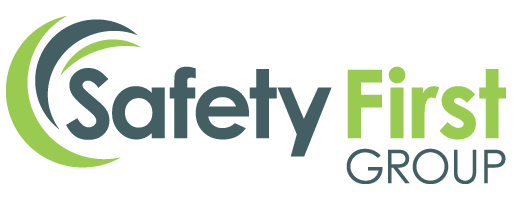Landlords and agents are well aware that gas checks and electrical checks are legal requirements, but legionella is perhaps an afterthought!
Landlords (and their agents) have a serious responsibility to undertake actions to protect tenants, visitors and passers-by, preventing Legionella bacteria from causing a health hazard.
This dangerous bacteria can lie undetected in a property’s water systems. What’s more, it can lead to deadly Legionnaires’ disease if inhaled. Legionnaires’ disease is a pneumonia-like illness which can be and has been fatal.
The bacteria will typically be found in dirty and poorly maintained water systems and in particular where water lies stagnant for long periods in water tanks and pipes, plumbing systems, air conditioning, even decorative fountains, saunas and hot tubs. Spray points like showers, sprinklers, where water droplets are formed are particularly at risk! Residential or commercial properties are affected by this because with modern complicated water systems there is an increased risk of the presence of Legionella bacteria.
Void periods
When water is left to stand for long periods of time, for example during void periods between tenancies, landlords should be aware that special precautions are needed. According to the World Health Organisation, the bacteria live and grow in water systems at temperatures of 20 to 50 degrees Celsius where there is no regular flow.
There are many different aspects of legionella control and management that Safety First offer, from risk assessment and routine monitoring to legionella awareness training and water sampling.
The Importance of Legionella Monitoring
Legionella bacteria causes Legionellosis, a collection of serious diseases that includes Legionnaires’ disease, Pontiac fever and Lochgoilhead fever.
What conditions do Legionella grow in?
- Water systems from 6 to 60 degrees
- Warm, motionless water systems with low levels of oxygen
- Pipe and tank surfaces, rubber and other natural fibres found in washers and seals, water heaters, hot water tanks and in pipes and showers
- water distribution systems needed for large buildings like hotels and hospitals
Legionnaire’s disease is a potentially fatal form of pneumonia that can affect anyone – there were 84 deaths in England and Wales from 2011 to 2013.
It is therefore vital that consistent and effective monitoring is undertaken to ensure that tenants, visitors and passers-by are not exposed to Legionella bacteria and the potential consequences.
Risk Assessment of Legionella
Letting agents and landlords are obliged by law* to carry out checks for legionnaire’s disease between tenancies, and if necessary, take action. A written risk assessment is the best way to show that this has been done. Where a property is under full management by a professional agent, then clearly the agent has responsibility for meeting these legal requirements as well as the landlord – responsibility may be shared. However, where the landlord is managing the property him or herself, then the landlord takes on that full responsibility, along with all the other legal requirements for health and safety such as annual gas checks etc.
* These guidelines apply primarily to England. Other regions and jurisdictions are similar but there may be important differences.
Why Safety First?
With over a decade of experience, our legionella experts can conduct a thorough risk assessment of your premises and provide a full report detailing any actions that need to be taken in order to be compliant with standards within 25 days.
Contact our friendly team of experts to find out more about Legionella risks assessments or any of our other services:
